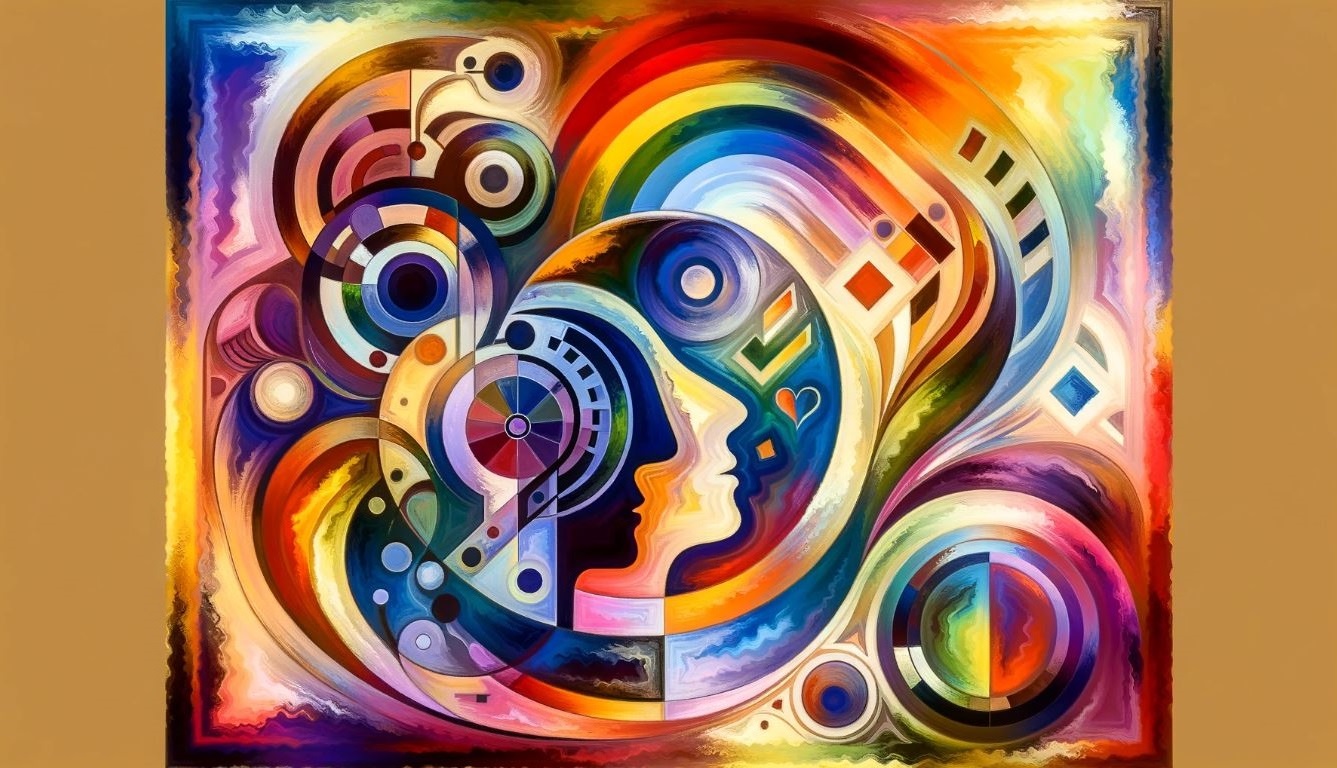Queer Icons in Art : Exploring Cultural, Social, and Political Contributions
The queer icons in art represent a fascinating and diverse subject that has gained importance and recognition over time. From antiquity to contemporary art, queer icons have played a crucial role in the representation and expression of LGBTQ+ identities. This article explores the evolution of queer icons in art, focusing on their cultural, social, and political contributions.
History of Queer Icons in Art Antiquity and the Middle Ages
The art of antiquity and the Middle Ages provides early examples of queer icons, though often not recognized as such at the time. From mythological figures to representations in medieval manuscripts, these works reflect a complex understanding of sexuality and gender.
Renaissance and Modern Era
The Renaissance marked a turning point, with artists like Leonardo da Vinci and Michelangelo incorporating queer themes and symbols into their works. In the modern era, artists such as Frida Kahlo and Jean Cocteau openly explored queer themes in their art.
Cultural and Social Impact
Representation and Visibility Queer icons in art have played an essential role in LGBTQ+ visibility. Artists like Keith Haring and David Hockney have used their art to celebrate queer identity and challenge social norms.
Role in Social Movements
Queer art has often been linked to social movements, serving as a means of political expression and protest, particularly during the AIDS crisis in the 1980s and the fight for equal rights.
For engaged and inclusive articles on the latest news and trends in the LGBTQIA+ world, visit our LGBTQIA+ blog.
Contemporary Queer Icons New Perspectives in Contemporary Art
Contemporary art sees the emergence of new queer icons who challenge the boundaries of gender and sexuality. Artists like Zanele Muholi and Kehinde Wiley re-imagine queer representation through various mediums.
The Influence of Technology and Social Media
With the advent of social media, queer art has become more accessible and diversified. Artists use these platforms to share their work, reaching a wider and more engaged audience.
To stay informed about the latest news and events related to queer art, check out our LGBTQ News section.
FAQ
Q : What is the significance of queer icons in the history of art ? A : Queer icons in the history of art have played a fundamental role in representing the diversity of gender and sexual identities, often challenging the social and cultural norms of their time.
Q : How do queer icons influence contemporary society ? A : They influence society by promoting visibility and understanding of LGBTQ+ communities, as well as serving as catalysts for social change and human rights.
Q : How has queer art evolved with technology ? A : Technology and social media have allowed for greater dissemination and more diverse exploration of queer art, making art and the messages it conveys more accessible to a global audience.
Conclusion
Queer icons in art represent a vital aspect of cultural history. Their evolution reflects not only changes in the perception of sexuality and gender but also the role of art as a means of expression, protest, and celebration. As we continue to recognize and celebrate these icons, it is crucial to understand their impact on our society and culture.














+ There are no comments
Add yours